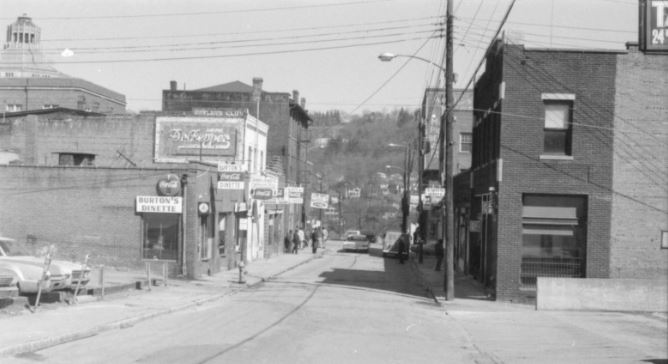By Nia Davis
Asheville Office of Equity and Inclusion
Rep·a·ra·tion /ˌrepəˈrāSH(ə)n/- “The making of amends for a wrong one has done, by paying money to or otherwise helping those who have been wronged.”
Reparations has long been a hot-button topic that even the mention of it brings impassioned jubilation, overwhelming concern, or somewhere in between. The conversation around reparations isn’t new; in fact the idea of atoning for the sins of slavery has been around since the Civil War. After the Civil War, Union leaders concluded that each Black family should receive 40 acres and some families were to receive mules left over from the war. General William Sherman signed Field Order 15, which allocated 400,000 acres of confiscated Confederate land to newly freed Black families in no more than 40-acre segments. President Andrew Johnson reversed Field Order 15 and returned land back to former slave owners. The benefits of owning Black people did not stop there — some slave owners received additional reparations. The District of Columbia Emancipation Act “paid those loyal to the Union up to $300 for every enslaved person freed.”
So one might ask, “Why pay for the sins of their fathers?” My response would be that reparations are an attempt to atone for our country’s 400-year history of pervasive systemic racism.
Reparations acknowledge the government’s role in denying wealth-building opportunities to Black people. Racism is present in every single one of our institutions. Sometimes the racist policies are explicit like in slavery, Jim Crow laws, and segregation. Sometimes the policies are a little more implicit, looking at discriminatory policies such as redlining, and those that exist within our criminal justice and education system.
Our country has had the opportunity to do better and historically we have fumbled this opportunity so many times. One major example is the New Deal. The New Deal is famous for the G.I. Bill and Social Security. These two policies further excluded Black people in America by not allowing Black veterans access to post-WWII benefits. Domestic and farm workers were largely excluded from Social Security benefits and these were professions largely held by Black people. Again, racist policies have been evident in every institution, denying Black people access to the opportunity to build wealth.
On July 14, Asheville City Council unanimously passed a Resolution supporting community reparations for Black Asheville. The resolution acknowledges systemic racism present in the community, as well as nationally. The resolution directs the City Manager to establish a process to develop short-, medium-, and long-term recommendations to specifically address the creation of generational wealth and to boost economic mobility and opportunity in the Black community.
Asheville is no stranger to racist policies, practices, and procedures. Asheville was one of the many cities in the United States that participated in urban renewal. Despite best intentions, this resulted in the displacement of vibrant Black communities and the removal of Black residents and homeowners, many into substandard public housing. Neighborhoods that were 100 years old were impacted, which means the wealth accumulated in those communities was also lost. To quote the late Rev. Wesley Grant:
“In the East Riverside area we have lost more than 1,100 homes, six beauty parlors, five barber shops, five filling stations, 14 grocery stores, three laundromats, eight apartment houses, seven churches, three shoe shops, two cabinet shops, two auto body shops, one hotel, five funeral homes, one hospital, and three doctor’s offices.”
It is reported that in 1860, that the bodies of enslaved Black people was valued at around $3 billion. Black people were forced to build this country and jumpstart this country’s economy for free. There has not been atonement for the price of slave labor or racist policies that resulted in a loss of equity, opportunity, and assets. Simply put, can we ever truly repay this debt? Can the United States fully address the historical and generational harms done to Black people in this country? Council’s reparation resolution is a necessary start, but there is so much work that needs to be done.
Material referenced:
New York Times: When Slaveowners Got Reparations
Brookings: Why we need reparations for Black Americans
N.C. Humanities Council: Twilight of a neighborhood
Recommended reading:
The Atlantic: The Case for Reparations

Nia Davis attended the University of North Carolina at Chapel Hill and earned her Bachelors of Science in Psychology and then went on to receive her Masters in Social Work with a concentration in Community, Organizing, and Social Action from the University of Pittsburgh. She serves as the Human Relations Analyst in the City of Asheville’s Office of Equity and Inclusion.
